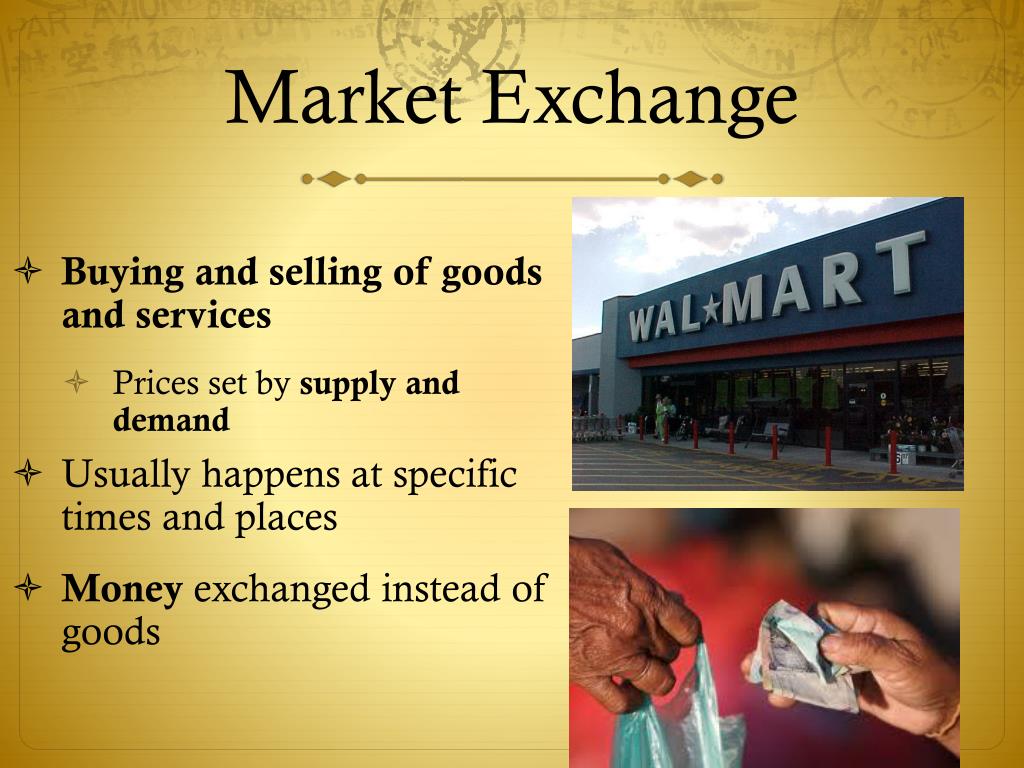
Volunteer activities that do not result in goods, e.g. Examples of such activities are the construction of a dwelling, church or other building. volunteer activities that result in goods.domestic and personal services produced by employing paid domestic staff.the own-account production of dwelling services by owner-occupiers.other kinds of processing, like weaving cloth, the production of pottery and making furniture.the production of other primary products, like mining salt, cutting peat and carrying water.the processing of agricultural products, like the production of flour by milling, the preservation of fruit by drying and bottling, the production of dairy products like butter and cheese and the production of beer, wine and spirits.the production and storage of agricultural products.Own-account production of goods by households pertains in general to: The concept of gross fixed capital formation is described in paragraphs 3.124-3.138.
NON MARKET TRANSACTION DEFINITION SOFTWARE
the own-account production of all goods that are retained by their producers for their own final consumption orĮxamples of own-account production for gross fixed capital formation are the production of fixed assets such as construction, the development of software and mineral exploration for own gross fixed capital formation. the production of all individual or collective goods and services that are supplied to units other than their producers. Such modifications are important if the prices of the products involved change significantly within a year. If the time of use does not coincide with the time of purchase, adjustments are made to the value to take account of the changes in price due to the lapsing of time (in a manner symmetrical with changes in the prices of the inventories). extra charges incurred as a result of late payment, where late payment means failing to pay within the period stated at the time the purchases were made. interest or services charges added under credit arrangements. The purchaser's price excludes the following: deductions for any discounts for bulk or off-peak-purchases from standard prices or charges. transport charges paid separately by the purchaser to take delivery at the required time and place. taxes less subsidies on the products (but excluding deductible taxes like VAT on the products). The purchaser's price is the price the purchaser pays for the products. The purchaser's price includes the following: The definition of transactions in products defines those balancing items. Many major balancing items in the accounts, like value added, gross domestic product, national income and disposable income, are defined in terms of transactions in products. in the external account of goods and services, imports of goods and services are recorded as a resource, and exports of goods and services are registered as uses. in the capital account, gross capital formation is recorded as a use (a change in non-financial assets). in the use of adjusted disposable income account, actual final consumption is recorded as a use. in the use of disposable income account, final consumption expenditure is recorded as a use.  in the production account, output is recorded as a resource and intermediate consumption is recorded as a use gross value added is the balancing item of these two transactions in products. in the goods and services account, output and imports are recorded as resources and the other transactions in products are recorded as uses.
in the production account, output is recorded as a resource and intermediate consumption is recorded as a use gross value added is the balancing item of these two transactions in products. in the goods and services account, output and imports are recorded as resources and the other transactions in products are recorded as uses. 
Non-cleared trades can result in settlement risk, and, if trades do not clear, accounting errors will arise where real money can be lost.3.03 Transactions in products are recorded as follows: The process validates the availability of the appropriate funds, records the transfer, and in the case of securities, ensures the delivery of the security to the buyer. The clearing process protects the parties involved in a transaction by recording the details and validating the availability of funds.Ĭlearing is the process of reconciling purchases and sales of various options, futures, or securities, and the direct transfer of funds from one financial institution to another.When trades don't clear, the resulting out trades can cause real monetary losses.Clearing is necessary to match all buy and sell orders to ensure smoother and more efficient markets.

A specialized organization often acts as an intermediary known as a clearinghouse and assumes the role of tacit buyer and seller to reconcile orders between transacting parties. Clearing is the correct and timely transfer of funds to the seller and securities to the buyer.







 0 kommentar(er)
0 kommentar(er)
